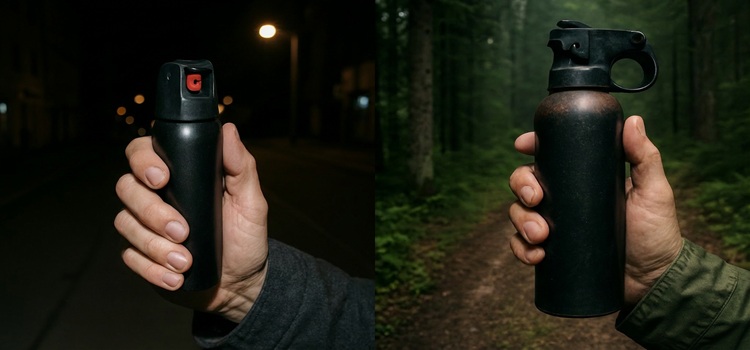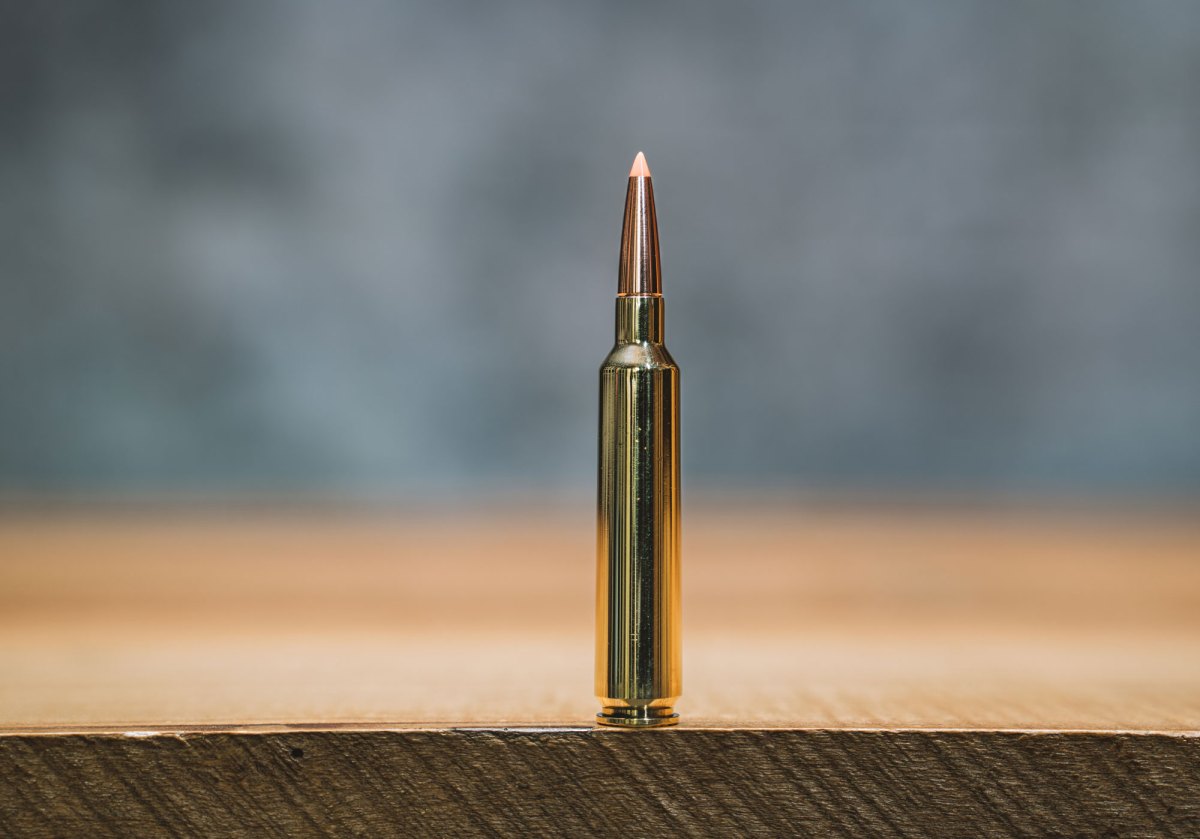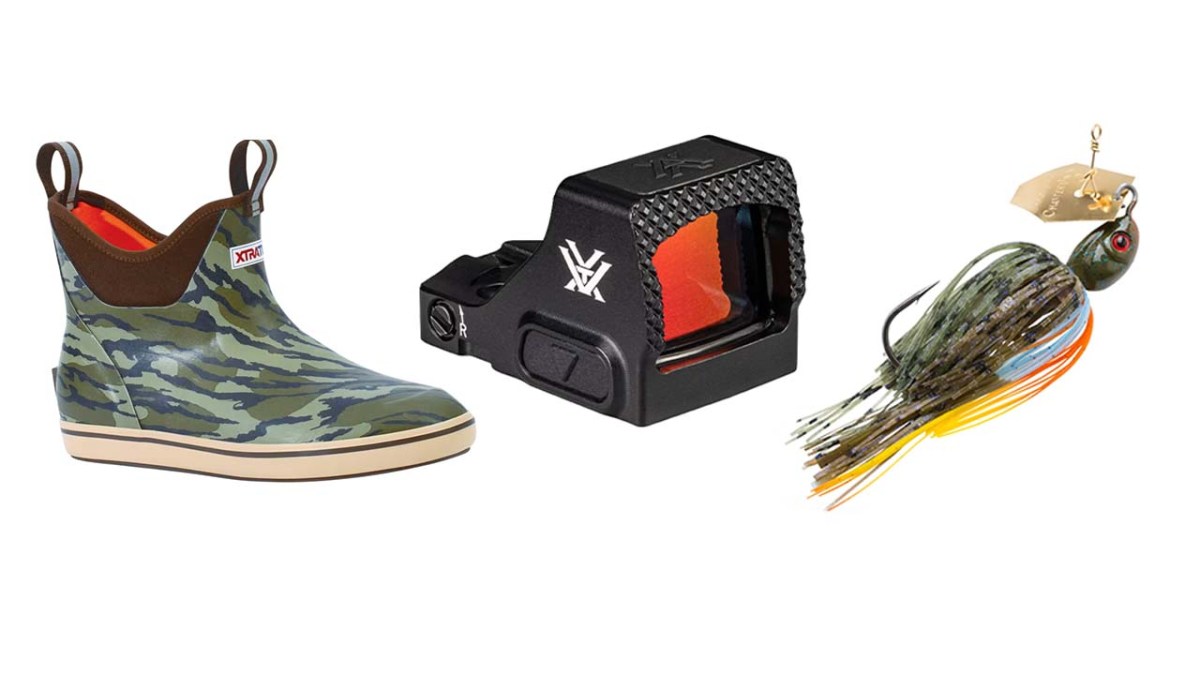How to Get Started Prepping (Practical Tips)
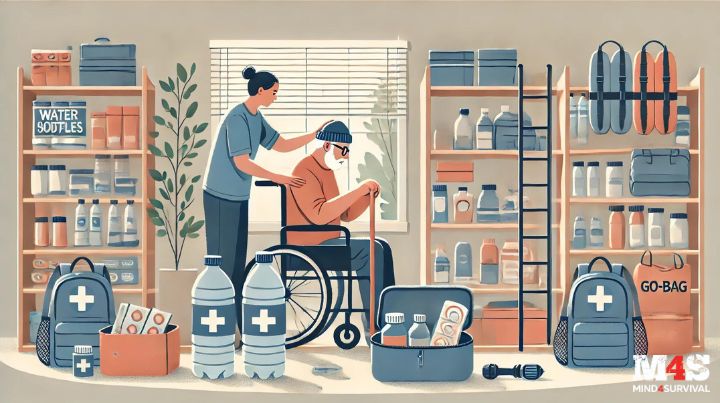
Podcast: Play in new window | Download
Prepping can feel intimidating and expensive, but it doesn’t have to be. Whether you’re new to preparedness or dealing with physical limitations, there are simple and affordable steps anyone can take to ensure their safety and well-being in an emergency. In today’s podcast, we answer a listener’s question from Bridget, who’s looking for advice on practical, inexpensive ways to start prepping. We also explore tips tailored to older adults or those with physical challenges.
Let’s dive into how you can begin your preparedness journey in small, manageable steps—without feeling overwhelmed.
Quick Look at What You’ll Learn
1. Start with Mindset: Prepared, Not Scared
The first thing to understand is that prepping is about empowerment, not fear. It’s easy to feel daunted by the idea of needing to prepare for everything, but the goal isn’t to hoard supplies or buy expensive gear immediately. Instead, focus on small, practical steps you can take right now to prepare for common emergencies.
Don’t get overwhelmed. Start by addressing basic needs: water, food, first aid, and safety. From there, build up your supplies and knowledge over time. Prepping doesn’t happen overnight, and working at your own pace is okay.
Most importantly, adopt a calm and proactive mindset. Preparedness should reduce stress, not increase it. When you take steps to prepare, you’re taking control of your situation, which will help you stay calm and clear-headed in emergencies.
2. Practical and Inexpensive Steps to Get Started
Here are some low-cost, effective ways to get started with prepping, whether you’re a complete beginner or looking to expand your supplies on a budget.
Water Storage
Water is your most crucial resource in any emergency, and having enough stored is essential. Aim to store at least one gallon of water per person per day for drinking, cooking, and hygiene.
You don’t need to buy expensive containers right away. Reusing clean plastic bottles (like soda or juice bottles) is a simple way to store water. Make sure to clean them thoroughly before filling. Over time, you can add storage, such as 5-gallon jugs, to your stockpile.
If you can’t store much water, know how to purify it. Boiling water is the simplest method, but you can also use unscented chlorine bleach (16 drops per gallon; wait 30 minutes before drinking) or invest in an affordable water filter like the LifeStraw or Sawyer Mini.
Food Storage
You don’t need to rush out and buy freeze-dried food. Start with what you already eat. Buy extra cans of non-perishable food like beans, vegetables, pasta, and rice. Add a few items to your cart each time you grocery shop, and slowly build a stockpile.
Remember to rotate your stock using the first-in, first-out method to avoid waste. Over time, you can add long-term food storage items, but focus on the basics for now.
Basic First Aid Kit
A basic first aid kit is essential for treating injuries during an emergency. Most supplies can be found inexpensively at a dollar store or during pharmacy sales. Stock up on bandages, antiseptic wipes, pain relievers, gauze, and a thermometer.
Also, consider adding items specific to your needs, such as prescription medications, extra glasses, or allergy medications. A list of medications and doses is vital in case of a shortage or refill delay.
Emergency Lighting
Power outages are common in emergencies, and having affordable emergency lighting is key. Start with LED flashlights or solar-powered garden lights, which charge during the day and can be brought inside at night. Battery-powered headlamps are also useful for hands-free tasks in the dark.
You can also invest in a small power bank to charge phones, ensuring you can communicate during an emergency.
Create a Go-Bag
A go-bag is a small kit of essential items you can grab quickly if you need to evacuate. Start with what you have and slowly add essentials: food, water, a flashlight, clothing, medications, and copies of important documents in a waterproof bag.
Keep the bag lightweight and easy to carry, especially if mobility is a concern. You can complete this project over time, gathering items as you find them.
3. Prepping for Older Adults and Physically Challenged Individuals
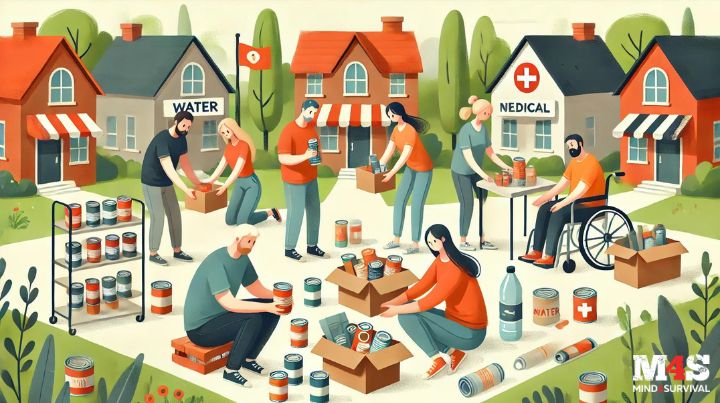
Prepping isn’t one-size-fits-all. If you’re older or physically challenged, your approach to preparedness might require extra consideration. Here are a few key tips:
Focus on Mobility
Make sure your supplies are easily accessible. Store emergency items at waist height or use carts or containers on wheels to avoid heavy lifting. If you rely on mobility aids like canes or walkers, ensure they’re readily available, especially in an evacuation scenario.
Medical Needs
If you have specific medical needs, such as medications or medical devices (like a CPAP machine or oxygen concentrator), plan how to manage them during power outages. Have extra batteries, manual backups, or a small generator to keep essential devices running.
Store a supply of medications and list what you need in case refills are delayed or unavailable during an emergency.
Build a Support Network
In any emergency, having a personal support network is invaluable. Let trusted neighbors, friends, or family know your needs and evacuation plans. Discuss how they can assist you if needed and establish a communication plan.
4. Simple Home Modifications
For older adults or those with mobility challenges, a few simple home modifications can make a big difference in staying safe during an emergency:
- Install handrails in key areas like bathrooms and near stairs.
- Use non-slip mats to prevent falls.
- Secure heavy furniture to walls to prevent injury in earthquakes or storms.
5. Mindset and Emotional Preparedness
Preparedness isn’t just about physical supplies but also mental resilience. Stay calm and practice thinking through emergency scenarios to help you stay adaptable. Simple routines, deep breathing, or meditation can help ease stress.
For older adults, mental preparedness is just as important as having supplies. Knowing you have a plan in place can greatly reduce anxiety during a crisis.
The Bottom Line
Preparedness doesn’t have to be expensive or complicated. You can feel more secure and confident by starting small, focusing on the basics, and adjusting your plan for your specific needs. Regardless of age or physical ability, taking steps toward preparedness is empowering.
Take action today: Store a few gallons of water, assemble a basic first aid kit, or talk to a neighbor about your emergency plan. Every small step counts.
Feel free to reach out if you have questions or want to share your prepping journey.
Be safe,
Read the full article here




